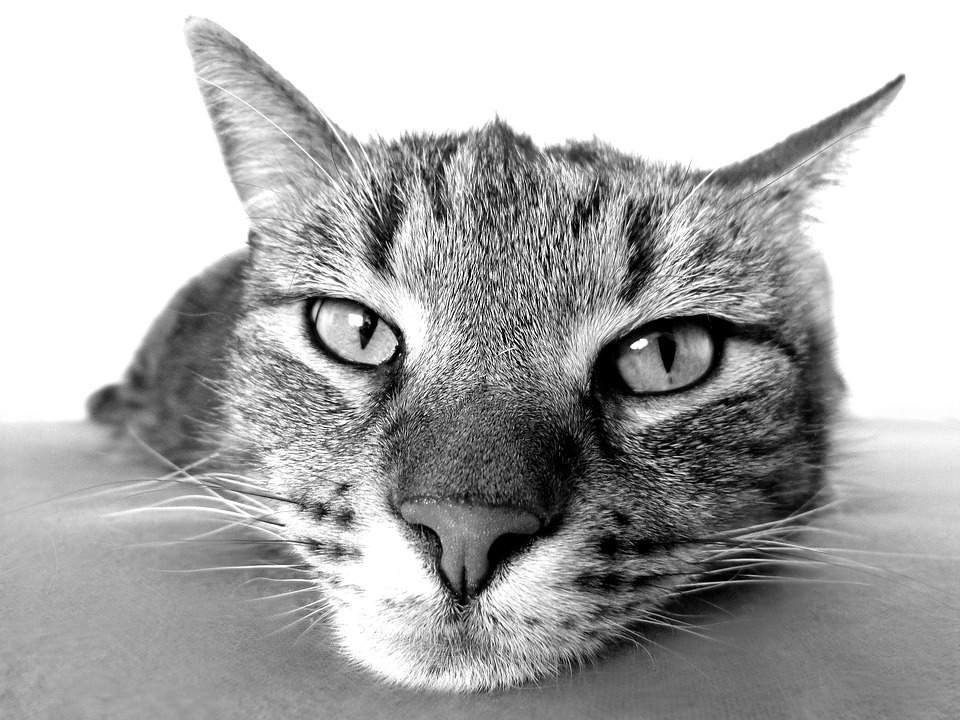Aggression can occasionally become an issue in cats, despite their generally known independent and calm nature. Understanding the underlying causes of aggression in cats is crucial for ensuring their well-being and maintaining a harmonious environment. In this article, we will explore the psychological and biological factors that contribute to feline aggression, providing insights and practical tips to help cat owners better understand and manage this behavior.
Psychological Factors:
1. Territorial Aggression: This type of aggression occurs when a cat feels threatened by the presence of another cat or animal in its territory. Understanding the causes, signs, and manifestations of territorial aggression can help cat owners manage this behavior effectively.
2. Fear-Based Aggression: Cats can exhibit aggression when they feel frightened or threatened. Understanding the causes, signs, and manifestations of fear-based aggression can help cat owners address this behavior and create a sense of security for their cats.
3. Redirected Aggression: This occurs when a cat redirects its aggression towards an unrelated target due to frustration or agitation. Identifying signs of redirected aggression and implementing preventive measures can help cat owners avoid potential conflicts.
4. Play Aggression: Cats naturally engage in play behavior, but sometimes it can escalate into real aggression. Recognizing the difference between play aggression and real aggression is essential, as well as learning techniques to redirect play aggression towards appropriate outlets.
Biological Factors:
1. Genetics and Breed Predispositions: Genetic influences can play a role in a cat’s aggression. Certain breeds may be more prone to aggression due to their genetic makeup. Understanding breed-specific traits can help cat owners better manage and address aggressive behavior.
2. Medical Conditions and Pain: Aggression in cats can be a symptom of underlying medical conditions or pain. Identifying potential medical triggers and collaborating with veterinarians for diagnosis and treatment is crucial in managing aggression caused by medical issues.
3. Hormonal Influences: Hormonal changes, such as those in intact (unneutered/unspayed) cats, can contribute to aggression. Managing aggression in intact cats and understanding the role of neutering/spaying in reducing aggression is important for cat owners.
The article also includes a FAQs section, addressing common questions cat owners may have regarding aggression in cats. Some of the questions answered include differentiating between play aggression and real aggression, preventing redirected aggression, the potential influence of environmental factors on aggression, and natural remedies or supplements to calm aggressive cats.
In conclusion, understanding the roots of aggression in cats involves recognizing the psychological and biological factors underlying this behavior. By delving into the psychological aspects such as territorial aggression, fear-based aggression, redirected aggression, and play aggression, as well as considering biological factors like genetics, medical conditions, and hormonal influences, cat owners can gain insights into their feline companions’ aggressive tendencies. Seeking professional advice from veterinarians or animal behaviorists can provide further guidance in managing and reducing aggression, ultimately ensuring a peaceful and happy coexistence between cats and their human caregivers.








